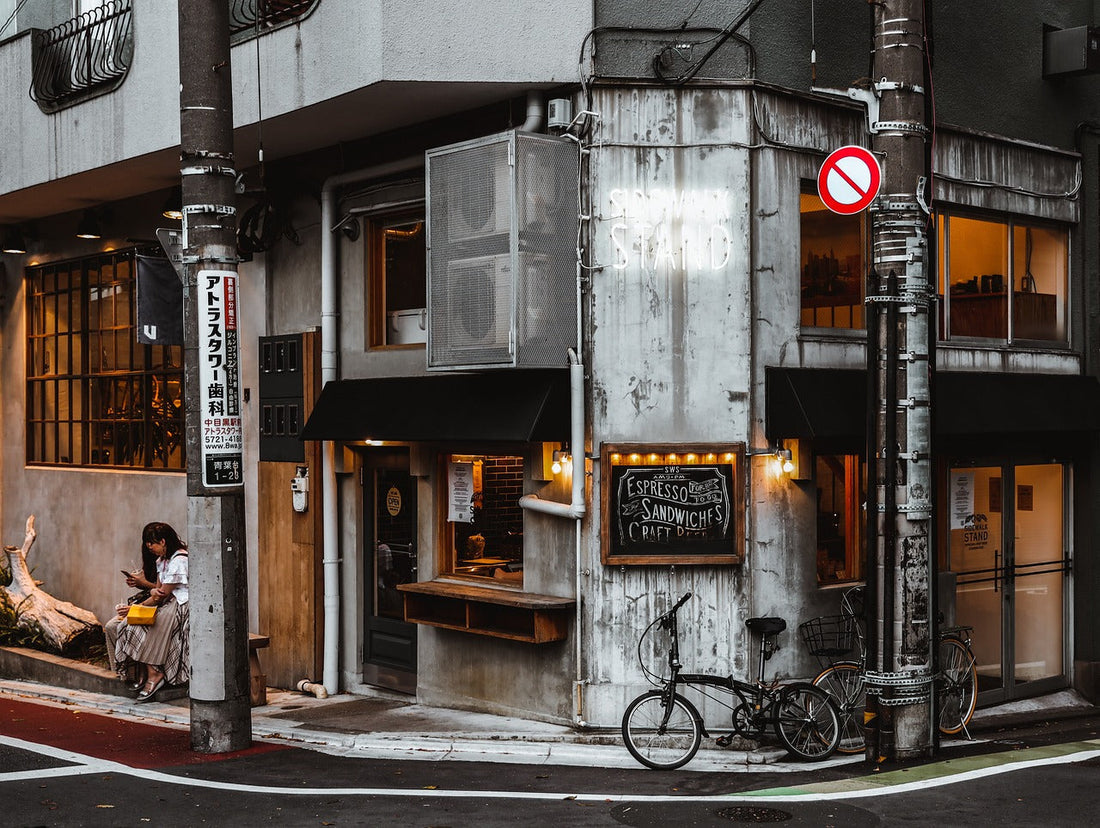The History and Evolution of Cafes

Share
From the spectacular coffee houses of Ottoman Turkey to the modern-day artisanal "third wave" cafes in your town, there is a certain magnetism to the idea of a café. It's a story that dapples within the intriguing annals of history and across diverse cultures.
Years back, in the 15th-century, coffee houses were first established in the Islamic world. These were places where community members gathered, discussing a range of subjects from politics to the culture, often over games of chess and, of course, coffee.
As we cross over to the 17th-century, we find Europe caught in the grip of the café culture. Cities like Vienna, Paris, and London had hundreds of coffee houses, each one teeming with intellectuals debating, business folks planning, friendships growing, all against the backdrop of an increasing love for coffee.
The 19th and 20th centuries saw the rise of the café as an engine of social change. Cafes became the fertile ground for revolutionary thoughts, bustling with writers, artists, and philosophers. Even women rights' advocates found their voice in cafes, marking the café's role as a prime mover of societal change.
Fast forward to the modern-day, the theme of change still continued, shaping the café scene. The advent of the internet age has reshaped the café culture, not just as a space for community engagement but also as a space for individual productivity.
From the freelance workforce spending hours in cafes working on their laptops to the new trend of 'Coffice,' (a term that combines café and office), the café has morphed into an extension of our living and work spaces.
And let’s not forget, along with this evolution came a revolution of sorts in coffee itself. The rise of speciality coffee, barista art and a growing emphasis on coffee origin and quality has transformed the humble cup of coffee into a global, gourmet phenomenon.
While the role of a café has transformed over centuries, its essence remains intact - to serve as a social lubricant, a place for collective conversation, a place to unwind, and a place that feeds our day-long caffeine addiction.
Years back, in the 15th-century, coffee houses were first established in the Islamic world. These were places where community members gathered, discussing a range of subjects from politics to the culture, often over games of chess and, of course, coffee.
As we cross over to the 17th-century, we find Europe caught in the grip of the café culture. Cities like Vienna, Paris, and London had hundreds of coffee houses, each one teeming with intellectuals debating, business folks planning, friendships growing, all against the backdrop of an increasing love for coffee.
The 19th and 20th centuries saw the rise of the café as an engine of social change. Cafes became the fertile ground for revolutionary thoughts, bustling with writers, artists, and philosophers. Even women rights' advocates found their voice in cafes, marking the café's role as a prime mover of societal change.
Fast forward to the modern-day, the theme of change still continued, shaping the café scene. The advent of the internet age has reshaped the café culture, not just as a space for community engagement but also as a space for individual productivity.
From the freelance workforce spending hours in cafes working on their laptops to the new trend of 'Coffice,' (a term that combines café and office), the café has morphed into an extension of our living and work spaces.
And let’s not forget, along with this evolution came a revolution of sorts in coffee itself. The rise of speciality coffee, barista art and a growing emphasis on coffee origin and quality has transformed the humble cup of coffee into a global, gourmet phenomenon.
While the role of a café has transformed over centuries, its essence remains intact - to serve as a social lubricant, a place for collective conversation, a place to unwind, and a place that feeds our day-long caffeine addiction.

